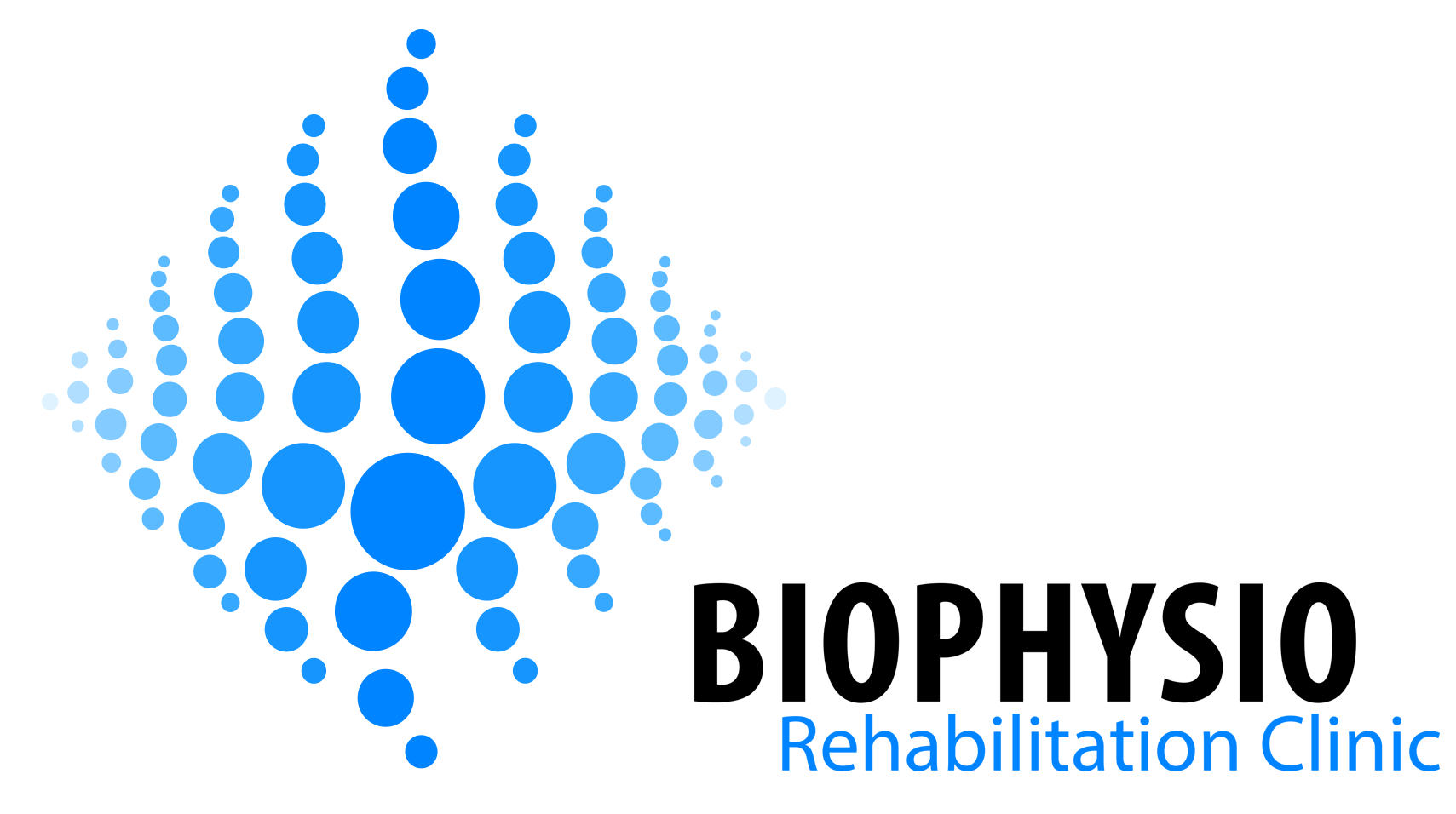Physiotherapy
Physiotherapy is a drug-less treatment for a wide range of conditions whether it is acute or chronic.We use different tools to manage our patients including:
- Heat/cold and/or other modalities including electrical stimulation or ultrasound to reduce inflammation, swelling and pain to accelerate the healing process to improve function.
- Manual therapy to improve the mobility of the joints and soft tissues, reducing the pain and stiffness.
- Specific exercises, which are tailored for each individual based on their medical conditions or type of injury including home exercises.
- Advising patients on how to modify their daily activities to facilitate their recovery.
Osteopathy
Osteopathy is the manual therapy techniques on different structures or systems of the body to correct the structure or their functions. An osteopath manual practitioner identifies the issue and correct it by gentle palpation and manual techniques.
Acupuncture
Acupuncture is inserting tiny needles to specific points for stimulation in order to improve the patient’s condition. Each point or series of points can affect close or far structures in our body to improve or correct their functions.
Massage therapy
Massage is to work and act on the body with pressure. Massage techniques are commonly applied with hands, fingers, elbows, knees, forearms, feet, or a device. The purpose of massage is generally for the treatment of body stress or pain.
Chiropractic
Chiropractic is a form of alternative medicine mostly concerned with the diagnosis and treatment of mechanical disorders of the musculoskeletal system, especially the spine.
Occupational therapy
Occupational therapy (OT) is the use of assessment and intervention to develop, recover, or maintain the meaningful activities, or occupations, of individuals, groups, or communities. It is an allied health profession performed by occupational therapists and Occupational Therapy Assistants. OTs often work with people with mental health problems, disabilities, injuries, or impairments
Neurological rehabilitation including Stroke rehab
For years, it was believed that Central Nervous System (brain & spinal cord) could not be recovered after any insult like stroke, head injuries and etc. Although nerves can’t be reproduced after an injury, but organizational changes is possible. Studies showed that nerve degeneration which has been caused by lack of use can lead to functional recovery via using sensory inputs through specific exercises and activities. Therefore, to recover from an injury or insult, CNS must be bombarded by sensory inputs to gain maximum recovery. The primary goal is to achieve normal gait pattern, preventing from muscle spasticity and other complications. Based on neuroscience if an individual walks early with an abnormal gait pattern just for the sake of early ambulation, it would be almost impossible for him/her to achieve normal gait pattern later on. The best strategy to achieve such a coordinated waking pattern, would be facilitating and activating the involved muscles prior to gait training. We focus on facilitating/activating the involved muscles manually and then provide patients with specific exercises and positional activities to improve the functional outcome.
